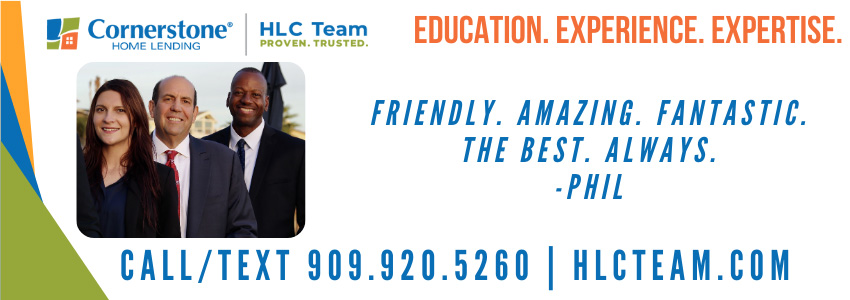A huge building full of hope
by John Pixley
No, I haven’t seen the Hall of Fame. I have never been downstairs. And I didn’t know that Winston Churchill had been there.
My friend had returned from using the restroom at Bridges Auditorium, and, although I thought “Wow!” when he told me that a picture of Winston Churchill is among the pictures of those who have appeared on its stage that are on the wall in the basement, I wasn’t surprised. From the time I grew up here in Claremont, I have heard about famous performers and speakers who have appeared on this stage, and I have enjoyed seeing a good number of them.
I have always felt, in fact, that it’s too bad that more performers and speakers don’t appear there. It’s a shame that this great theater, the biggest collegiate auditorium on the west coast with something like 2400 seats, doesn’t have performances and presentations (as opposed to graduations and other such semi-private events) every week, if not every evening. Big Bridges closed for weeks or months, including during the school year, is a terrible waste. So I was glad to go there a few weeks ago—all the more so with the Colleges not in session for the summer—with my friend. We were there to see the Claremont High School production of The Addams Family.
It is always a treat to see the big, end-of-the-year, musical production in the big theater, even if I still wish there was live musical accompaniment as in the past. This is big-time stuff—Winston Churchill, after all, was once on this stage—and the hardworking kids, working under the direction of the even harder-working Krista Elhai, deserve it. Once again, they didn’t disappoint.
The Addams Family may not be My Fair Lady, and it’s definitely no Carousel, but it is a lot of fun. Based on the old popular television sitcom, which was inspired by the cartoons of Charles Addams, the musical is about what happens when Wednesday, the daughter in this family of ghouls, falls in love with a “normal” boy and her parents, Morticia and Gomez, host a get-acquainted dinner for the boy’s parents. On this simple plot hangs lots of silly puns and gags, including a troupe of zombie dancers, and the students had fun and did their best to let fly with them.
Like I said, it was a treat—and an inspiring one—to see these young people doing what they clearly love so well. Jason Acosta was extra fun in his make-up-laden role as Uncle Fester, who serves as a narrator of sorts while having his own private adventure. And Xavier Reynoso, playing Wednesday’s bratty younger brother Pugsley who loves nothing more than being tortured and miserable, was a pint-sized revelation. The real treat is that this kid, who my friend said “has chops,” is only a freshman, so we’ll hopefully be seeing much more of him.
Yes, hooray for the CHS kids and Ms. Elhai once again, but I have to say that, as bright-eyed and brightening they were, they still didn’t prepare me for what I saw a days later. Not only was there another presentation at Big Bridges, in the quiet (or relatively quiet) month of June, there was Pete Seeger greeting the audience that had gathered and singing “Where Have All the Flowers Gone” for the occasion.
This was on video, of course, but it was nevertheless breathtaking. I could hear gasps in the audience, as the renowned folk-singer and activist, filmed at his rural home nearly a year and a half ago, explaining that he had been invited but, because of advancing age and decreasing energy, wasn’t sure where he would be at this time. He died months later, the tape now a whallop-packing reminder that hope and energy live on.
This was a message that was most appropriate for this audience that had gathered. It was a huge, eager audience, almost filling the cavernous hall, and it was gathered for the four-day Tenth International Whitehead Conference, held in conjunction with several other international conferences and including a significant contingent from Asia, with the theme, “Seizing the Alternative: Towards an Ecological Future.”
The Seeger video was shown during the first of several free, open-to-the-public plenary sessions held in Big Bridges over the long weekend of numerous presentations and discussions exploring how people from all walks and faiths can work together to fight global warming and develop a sustainable, thriving world community. There were numerous other greetings, including from Claremont Mayor Corey Calaycay, who confessed to being nervous about speaking in front of such a large audience as he touted Claremont’s efforts in being an ecologically-friendly town (including by him and his fellow councilmembers in their own homes and lives). Also featured in this and one other plenary session I attended were the Pilgrim Pickers, Pilgrim Place’s resident string band and perhaps Claremont’s unofficial go-to house band.
Following the Seeger video on the first evening, Bill McKibbon, the famed climate change activist, spoke. While he essentially gave the same talk that he gave when he was here a few years ago, it was an important message: yes, the planet is in dire shape due to warming which we humans have caused—indeed, it could be that it is too late to reverse the effects of the warming—but there is hope in the activism that he has inspired and evident in the weekend’s gathering.
This activism, with a diversity of people coming together, is what the conference was all about. An important aspect, and a key image, was the kick-off to a new organization and website called Pandopolus, bringing together research and information about climate change and the efforts to stop it. As explained in another plenary session and illustrated in another video, this undertaking is inspired by the Pando, the aspen grove in Utah which is the largest living organism on earth sharing a root system and which is now endangered.
It is hoped that these four days in Claremont were the beginning of a movement, a movement based in shared roots and a common passion. At least that’s how John Cobb, a retired noted theologian and philosopher who lives at Pilgrim Place, sees it. This conclave, it seemed, was his baby, something of a life-culminating achievement.
And, as he explained during extended remarks during the second plenary session, the passion that is shared for caring for our planet is the key. As Mr. Cobb outlined, we need to have a new outlook, based more in our hearts and on caring, different from the outlook developed in the 1700s, when the world came to be seen as a clock, a mechanism to be observed and also used objectively. When we see the planet as a machine, he maintains, it is too easy not to be concerned when it is used too much or is even breaking down (after all, a machine can always be repaired).
Putting on a musical takes a lot of passion and working together. So does saving our planet. That’s what a great building like Big Bridges is for and why it needs to keep being used.










0 Comments